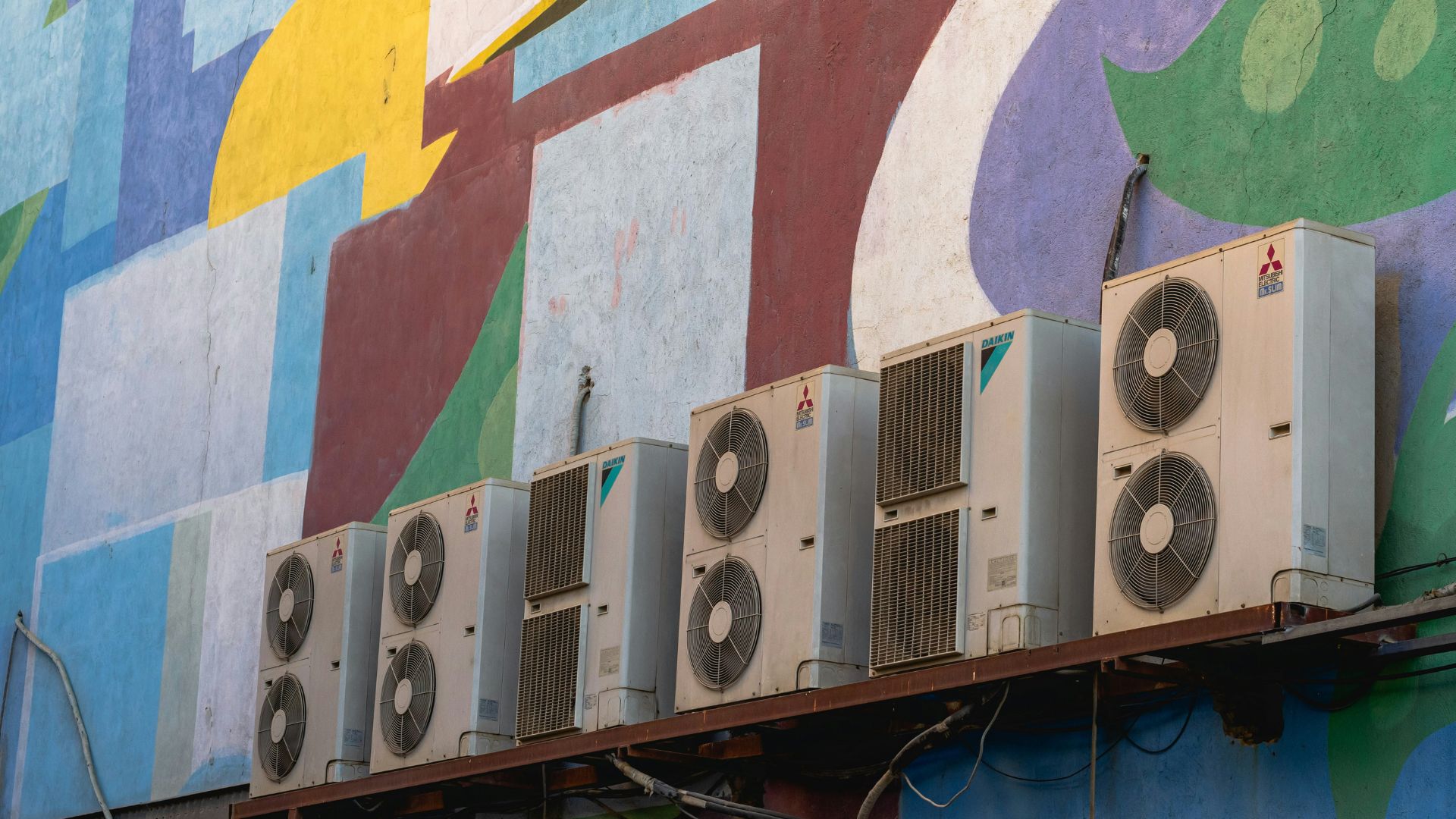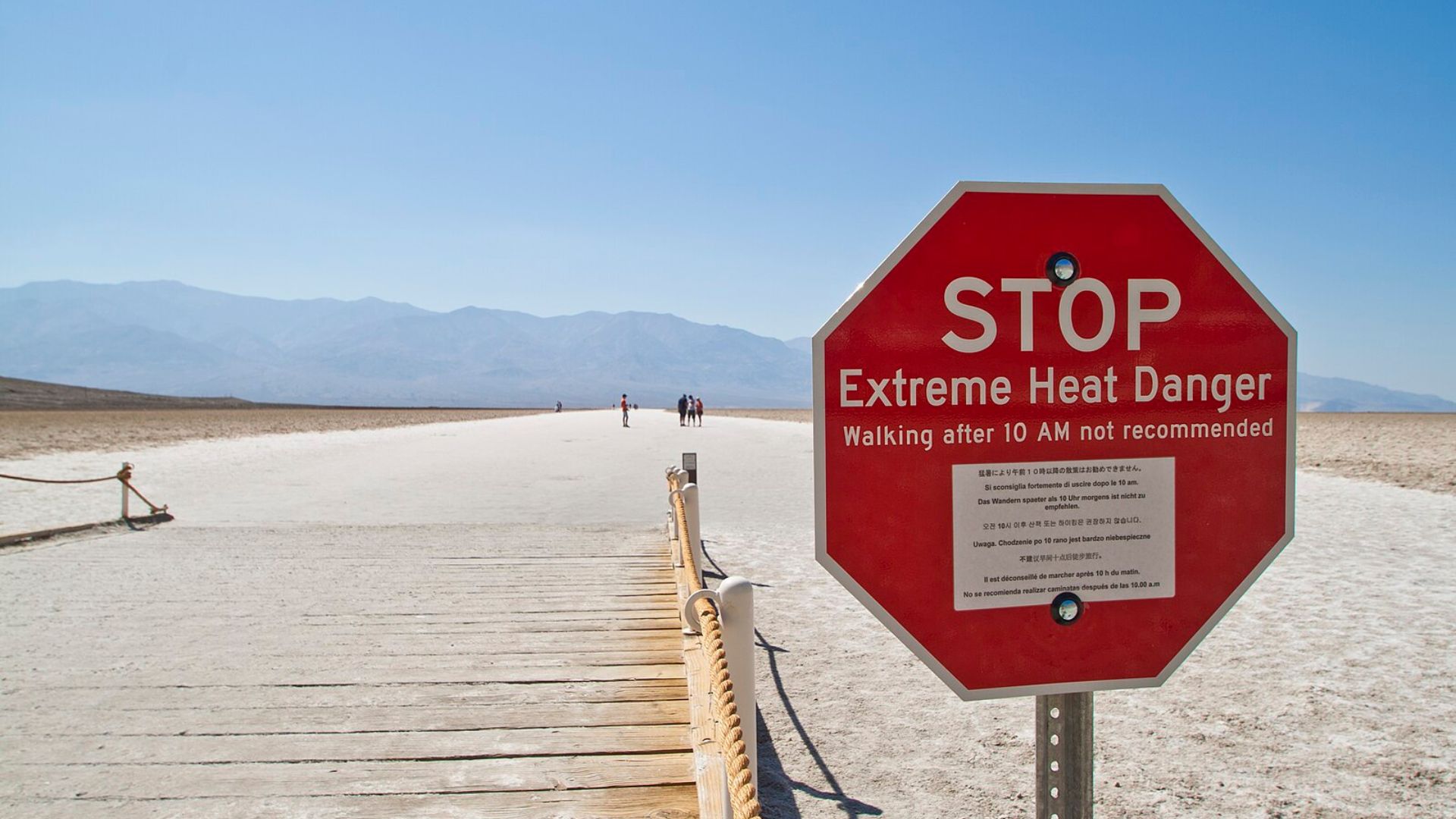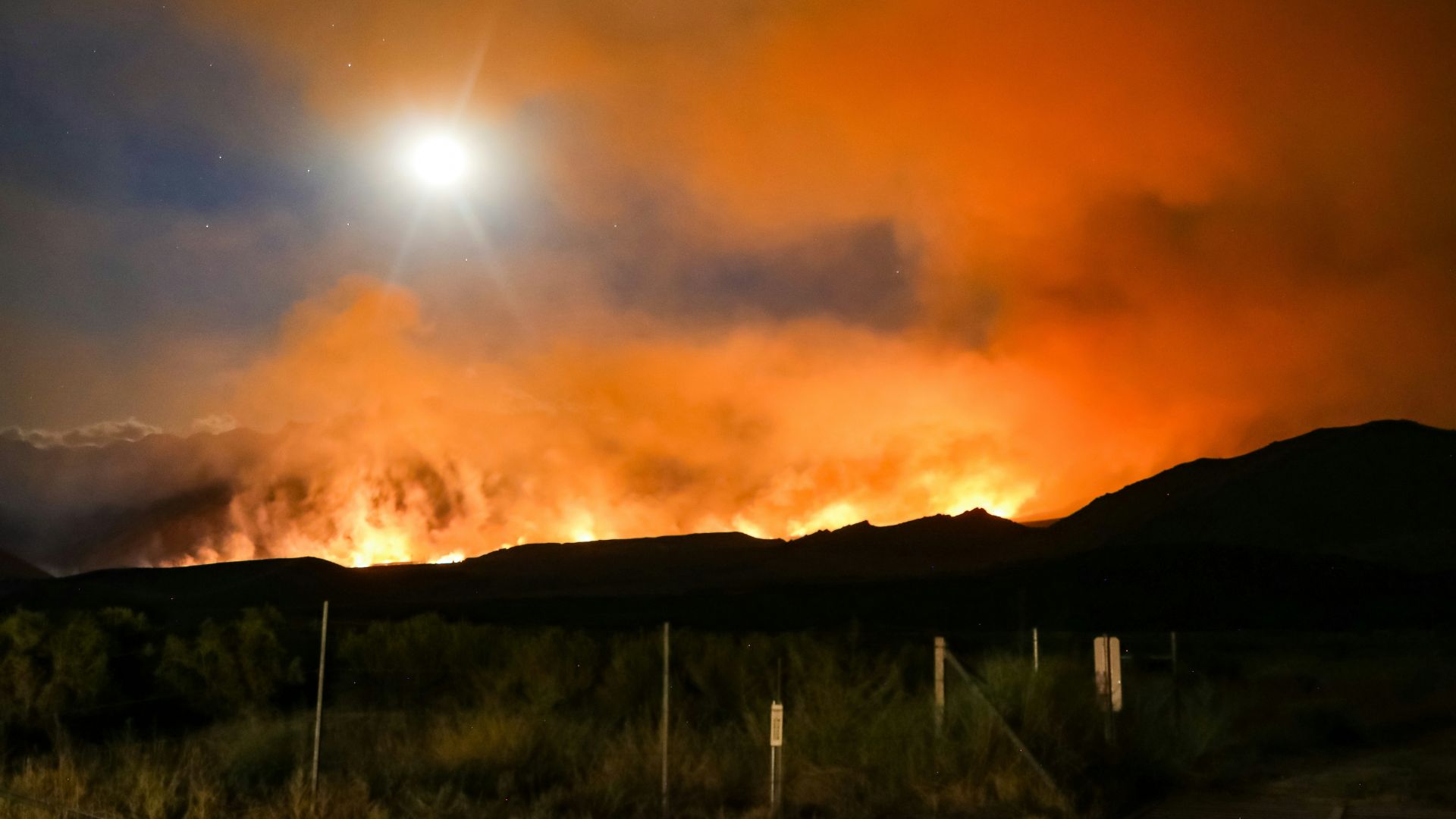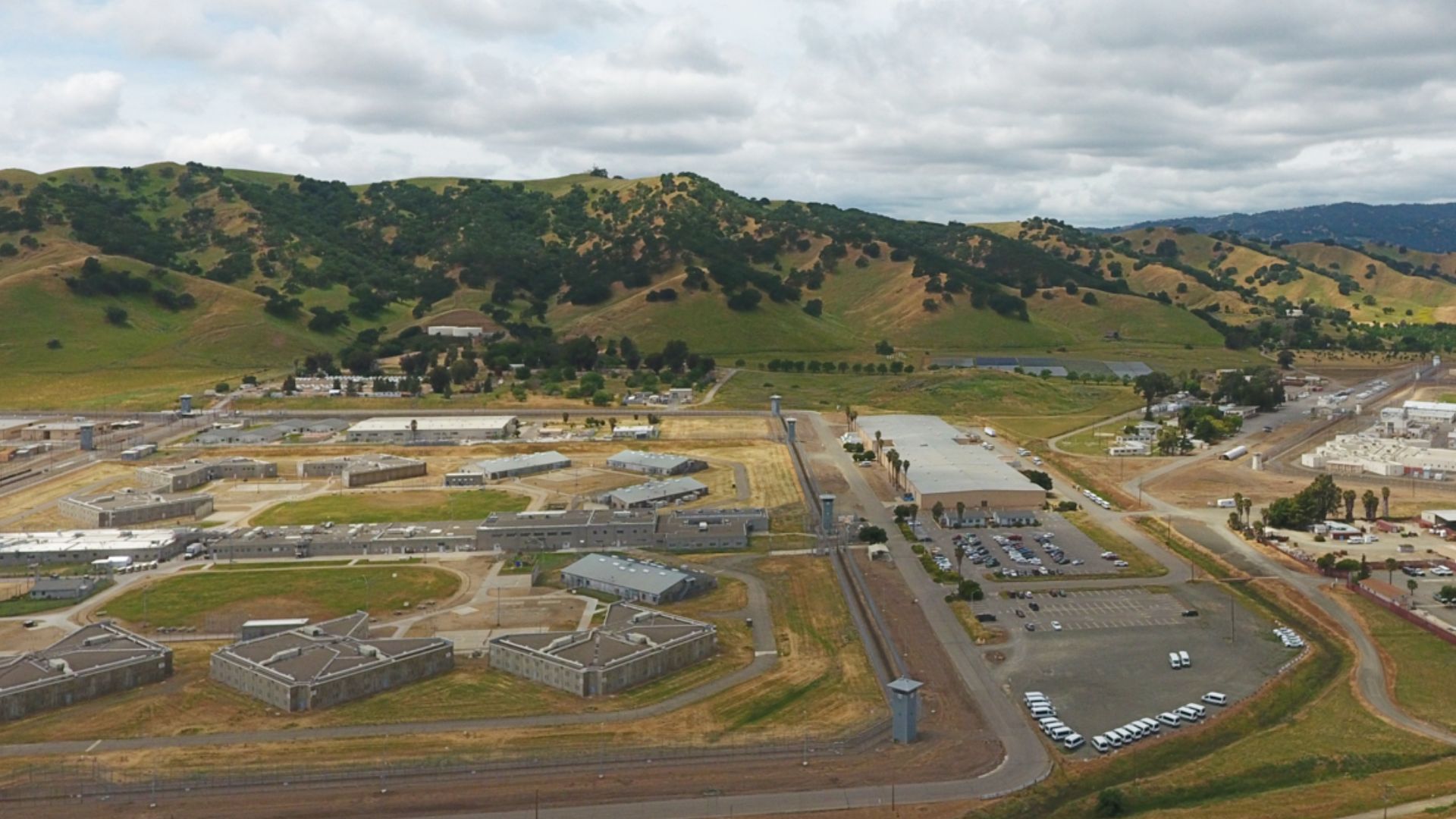In 2016, California passed a law requiring that workplaces offer protections like cool-down areas and air conditioning when indoor temperatures exceed 82 degrees, aiming to safeguard workers’ health against extreme heat.
Despite the law, implementation has stalled, and the necessary standards have not been established, leaving workers unprotected as another hot summer approaches.
The Law’s Requirements for Worker Safety

The legislation mandated that employers provide specific amenities to ensure worker safety in hot conditions, including water, rest breaks, and adjustments to work schedules.
These measures are designed to prevent health issues related to high indoor temperatures, yet the actual enactment of these standards by state officials has faced significant delays.
Criticism from The Los Angeles Times

The Los Angeles Times expressed sharp criticism toward state officials for their failure to enact these standards.
They stated, “Thanks to ineptitude by state officials, California is heading into another summer without rules to protect the nearly 1 million people who labor inside sweltering warehouses, boiler rooms, kitchens and other facilities.”
Describing the Delay as ‘Unacceptable’

The policy, seen as both “humane and reasonable” by The Los Angeles Times, has not been adopted due to what the paper describes as regulatory delays.
The editorial board has found it “unacceptable” that the state regulators are “so far behind” in adopting these necessary protections.
Comparison with Oregon’s Swift Action

Highlighting a contrasting example, the editorial points out that Oregon has successfully implemented heat protection rules for indoor workers in less than a year following severe heat-related incidents.
Meanwhile, California continues to falter: “State officials, including Gov. Gavin Newsom, should be ashamed,” reports The Los Angeles Times.
The Risk of Heat as Summer Approaches

With summer nearing and temperatures in California often reaching the 80s and 90s, the risk posed by extreme heat becomes a significant threat, especially in work environments lacking proper ventilation.
The urgency of implementing these standards grows as these conditions persist annually.
Health Risks Cited by CDC

The Centers for Disease Control and Prevention outlines several health risks associated with extreme heat, including heat exhaustion, heat stroke, and other related conditions.
The absence of enforced heat safety standards increases the risk of these health issues among workers.
Economic Concerns Over Implementation Costs

Concerns were highlighted about the economic impact of implementing the heat safety standards, suggesting that state agencies could face billions in costs.
This financial aspect has added to the complexities of enforcing the law.
Budget Cuts and Climate Initiatives

The editorial further criticizes state leadership for treating extreme heat as a “low-priority concern” rather than the “increasingly deadly hazard it is.”
This is in light of the planned billions in climate-related budget cuts by Governor Newsom and other lawmakers to manage a $45-billion budget deficit.
Newsom’s Actions on Climate and Heat

In 2022, Governor Newsom signed several bills aimed at addressing the effects of extreme heat, including creating an advisory committee and an extreme heat warning system.
His office stated, “California is taking aggressive action to combat the climate crisis and build resilience in our most vulnerable communities.”
Exemptions for Certain State Facilities

California’s Division of Occupational Safety and Health suggested that exemptions might be necessary for state prisons, conservation camps, and local jails due to implementation challenges, according to a PBS News report.
This suggestion indicates potential inconsistencies in the application of heat safety regulations across different types of workplaces.
Future of California’s Workplace Heat Regulations

As debate continues, the focus remains on the Newsom administration’s next steps in implementing these critical standards.
With the well-being of nearly a million workers at stake, the effective and timely application of these regulations is crucial for ensuring workplace safety in the face of rising temperatures.
